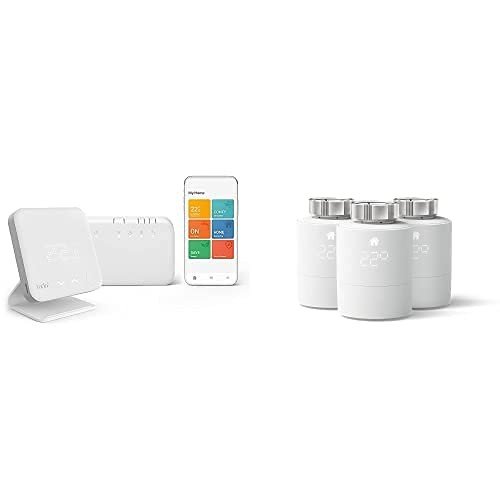5 People You Oughta Know In The Interior Lighting UK Industry
Interior Lighting in the UK: A Comprehensive Guide
Interior lighting plays a crucial function in creating an atmosphere, enhancing functionality, and revealing individual style within homes and services. In the UK, where the weather can be unpredictable, efficient lighting is not just about looks but also about making spaces feel warm, welcoming, and useful. This short article looks into various aspects of interior lighting, including types, trends, ideas, and frequently asked questions.
Comprehending the Importance of Interior Lighting
Lighting is often considered the backbone of interior design. It affects mood, functionality, and the perceived size of areas. The best lighting can:
- Enhance the architectural features of a room.
- Emphasize artwork and design.
- Enhance safety and security.
- Impact performance in work areas.
- Develop a comfortable atmosphere for relaxation.
Types of Interior Lighting
Efficient lighting style generally includes three main kinds of lighting: ambient, task, and accent.
1. Ambient Lighting
This is the main source of light in a room, supplying total illumination. Common sources include:
- Ceiling-mounted fixtures
- Chandeliers
- Recessed lighting
- Soft wall sconces
Ambient lighting produces a structure from which other lighting types can build on.
2. Job Lighting
Job lighting focuses on particular locations to assist in activities such as reading, cooking, or working. This kind of lighting assists to decrease eye strain and can significantly affect performance. Typical sources include:
- Desk lamps
- Under-cabinet lights in cooking areas
- Checking out lamps next to beds
- Mounted lights targeted at work surface areas
3. Accent Lighting
Accent lighting includes drama and highlights specific objects or locations, such as artwork or architectural features. This type of lighting can develop visual interest and depth in a space. Sources include:
- Picture lights
- Decorative lamps
- Uplighters
- LED strip lights along shelves
Utilizing a mix of these lighting types can result in a healthy and multifunctional space.
Popular Lighting Trends in the UK
The interior lighting landscape in the UK continues to evolve, affected by style patterns, innovation, and customer preferences. Here are some popular patterns to view:
Smart Lighting: The advent of smart technology has transformed how people manage lighting in their homes. Smart bulbs and systems like Philips Hue allow users to control brightness and color temperature level by means of their mobile phones.
Minimalist Designs: Sleek, easy styles that mix flawlessly with interiors are controling the marketplace. Pendant lights with delicate frames, LED strips, and geometric shapes are especially trendy.
Industrial Lighting: This trend showcases raw, bare materials. Metal fixtures and Edison bulbs use a vintage touch that is both elegant and practical.
Eco-Friendly Options: With increasing awareness of sustainability, lots of customers are turning to energy-efficient LED alternatives and fixtures made from sustainable products.
Tips for Effective Interior Lighting Design
Designing an efficient lighting strategy needs thoughtful factor to consider of numerous aspects. Here are some ideas:
Consider the Purpose of Each Room: Every area has a various function. Consider what activities will take place and what type of lighting will support those activities.
Layer Lighting: Employ several kinds of lighting within a room to create depth and versatility. Combine ambient, job, and accent lighting to improve both visual appeals and performance.
Use Dimmers: Dimmers permit control over brightness levels, making it possible for users to adjust lighting according to state of mind and time of day.
Include Natural Light: Make the many of natural lights like windows. Use light, reflective colors for walls and furnishings to take full advantage of brightness.
Consider Color Temperature: Different color temperatures (determined in Kelvins) create various atmospheres. Warmer temperature levels (around 2700K-3000K) are cozy, while cooler temperatures (4000K+) lend a more scientific or energetic feel.
Interior Lighting Mistakes to Avoid
To produce a well-lit area, it's necessary to prevent common lighting mistakes. Here are some errors to watch for:
Underestimating Wattage: Insufficient wattage can lead to dim, unwelcoming spaces.
Ignoring Scale: Fixtures that are too little for a room can look out of place, while oversized fixtures can overwhelm a space.
Over-reliance on Ceiling Lights: Relying exclusively on overhead lighting can develop uninviting shadows; balance with additional lighting types.
Poor Placement: Misplaced lights can produce areas that are too bright or too dark. Plan placements attentively.
FAQ Section
1. What is the distinction between warm white and cool white light?
Warm white light (2700K to 3000K) develops a comfortable, welcoming atmosphere, ideal for living spaces and bedrooms, while cool white light (4000K to 5000K) is more matched for workspaces as it improves concentration and clarity.
2. How can I take full advantage of natural light in my home?
To make the most of natural light, use light-colored walls, tactically place mirrors to reflect light, and opt for sheer window coverings that enable sunshine to go through.
3. How do I choose the ideal light?
Consider the size of your area, the design of your decoration, and the function of the location. Make sure the scale of fixtures complements the room and matches the overall visual.
4. Are LED lights much better than traditional bulbs?
Yes, LED lights are more energy-efficient, have a longer life expectancy, and can offer a series of color temperature levels, making them a more sustainable lighting option.
5. What should Industrial Lamps UK do if specific locations of my room stay too dark?
Consider adding extra task or accent lighting to brighten those areas. Floor lamps, wall sconces, and even tactically put table lamps can help relieve dark areas.
Interior lighting is a vital element of home and business style throughout the UK. Understanding the various types, existing patterns, and finest practices can assist property owners in producing spaces that are not just elegant but likewise functional. With thoughtful factor to consider and preparation, reliable lighting can transform any environment, enhancing both ambiance and usability for years to come.
